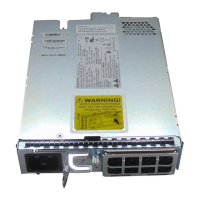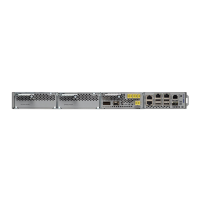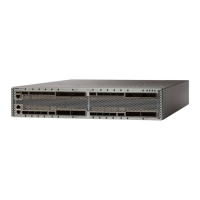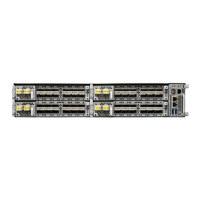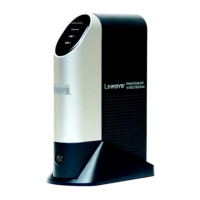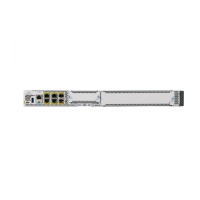Document Conventions
This document uses the following conventions:
DescriptionConvention
Both the ^ symbol and Ctrl represent the Control (Ctrl) key on a keyboard.
For example, the key combination ^D or Ctrl-D means that you hold
down the Control key while you press the D key. (Keys are indicated in
capital letters but are not case sensitive.)
^ or Ctrl
Commands and keywords and user-entered text appear in bold font.bold font
Document titles, new or emphasized terms, and arguments for which you
supply values are in italic font.
Italic font
Terminal sessions and information the system displays appear in courier
font.
Courier font
Bold Courier font indicates text that the user must enter.Bold Courier font
Elements in square brackets are optional.[x]
An ellipsis (three consecutive nonbolded periods without spaces) after
a syntax element indicates that the element can be repeated.
...
A vertical line, called a pipe, indicates a choice within a set of keywords
or arguments.
|
Optional alternative keywords are grouped in brackets and separated by
vertical bars.
[x | y]
Required alternative keywords are grouped in braces and separated by
vertical bars.
{x | y}
Nested set of square brackets or braces indicate optional or required
choices within optional or required elements. Braces and a vertical bar
within square brackets indicate a required choice within an optional
element.
[x {y | z}]
A nonquoted set of characters. Do not use quotation marks around the
string or the string will include the quotation marks.
string
Nonprinting characters such as passwords are in angle brackets.< >
Default responses to system prompts are in square brackets.[ ]
An exclamation point (!) or a pound sign (#) at the beginning of a line
of code indicates a comment line.
!, #
Cisco NCS 2000 Series Hardware Installation Guide
xxi
Preface
Document Conventions
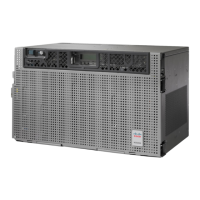
